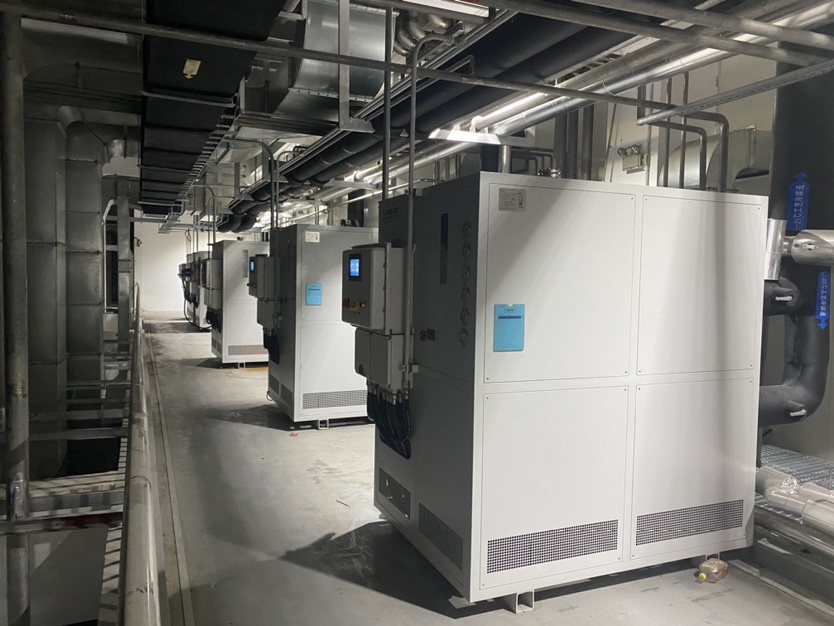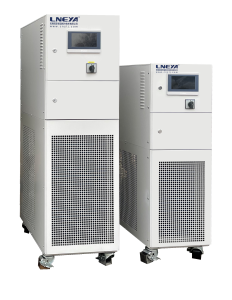Why does the chemical synthesis process need temperature control?
In the chemical synthesis of various reactions such as nitrification, oxidation, hydrogenation, reduction, diazotization, addition, esterification, condensation, hydrolysis, etc., the temperature should be strictly controlled to prevent impact or explosion. The temperature of heating, reflux, cooling, distillation, recrystallization, filtration, etc. should also be controlled, otherwise it is very easy to burst.
For industrial production, process operability generally involves industrial equipment and process operation itself. Laboratory temperature control: oil bath, water bath, low-temperature reaction device, liquid nitrogen, etc.
The heat transfer medium used for most reactions in most plants is water or steam, that is, at – 20 ℃~110 ℃. If the temperature required by the process is higher than 110 ℃, it needs to be replaced with heat transfer oil for heating, and the whole equipment also needs to be replaced. It is necessary to measure whether the cost can be accepted; In the case of low temperature, most ice salt baths are used for cooling. The lower limit is – 30 ℃, but the actual temperature can only reach – 20 ℃. If the temperature is required to be lower, the deep cooling method must be adopted, and the equipment and media need to be replaced.
Very high and very low temperatures will increase the process cost, so when selecting the route, try to choose those synthesis processes with the temperature between – 20 ℃ and 110 ℃.
The precision of temperature control in the laboratory can reach ± 1 °. Temperature control under industrial conditions is not as convenient as that in the laboratory. Generally, temperature control is achieved through continuous exchange of cold and hot water. Some processes may indeed require rapid heating or cooling, which can be achieved. Higher temperature heat transfer medium (such as water vapor) or lower temperature cooling medium (such as ice salt water) can be used for heating, but this method is difficult to grasp the accuracy of temperature control.
Our LNEYA refrigeration and heating equipment has a very wide temperature control range from – 120 ℃ to 350 ℃, which is suitable for the constant temperature control needs of most enterprises. The temperature control accuracy can reach ± 0.5 ℃, and the refrigeration power can be supplied from 0.5kW to 1200kW. Typical applications: dynamic constant temperature control of cold and heat sources in high-pressure reactor, dynamic constant temperature control of cold and heat sources in double-glass reactor, dynamic constant temperature control of cold and heat sources in double-layer reactor, and constant temperature control of cold and heat sources in microchannel reactor; Small constant temperature control system, temperature control of distillation system, low temperature and high temperature aging test of materials, constant temperature control of combined chemical cold source and heat source, cooling and heating of semiconductor equipment, and constant temperature control of vacuum chamber cooling and heating. With magnetic drive pump, there is no shaft seal leakage problem. High-temperature cooling technology can directly cool from 300 ℃ [because only the heat transfer medium in the expansion chamber contacts with oxygen in the air (and the temperature of the expansion tank is between normal temperature and 60 ℃), which can reduce the risk of heat transfer medium being oxidized and absorbing water in the air.
 LNEYA Chillers
LNEYA Chillers






HelloLog in